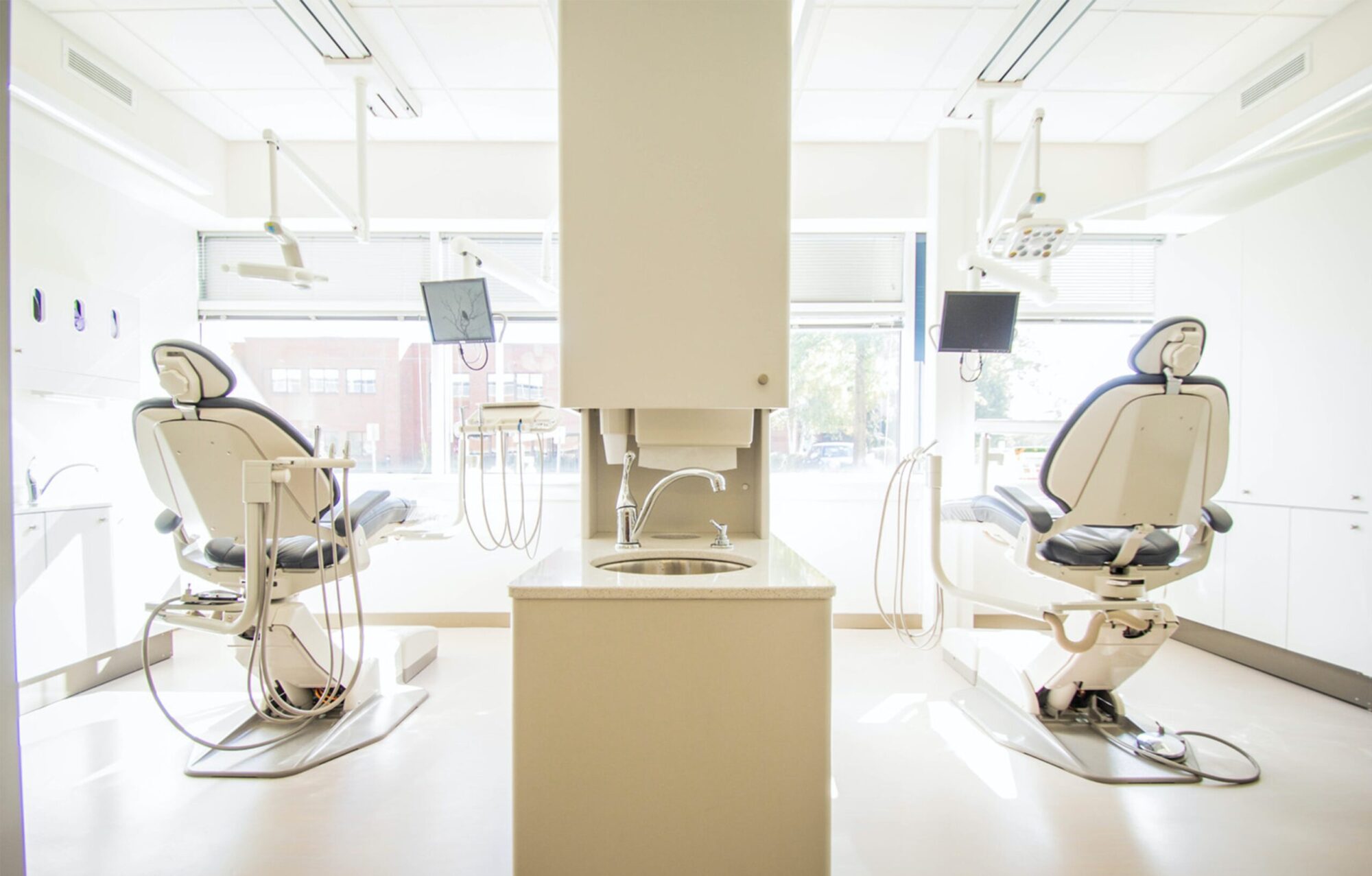

I remember the weeks nearing the end of dental school. Ahh. Finally, I see the light at the end of the tunnel! I am graduating at last and finally becoming a dentist! I have worked SO HARD to get this far, and I’m ready to relax and take it easy.
Dental school was the most stressful four years of my life, and I COULD NOT WAIT TO LEAVE THAT PHASE OF MY LIFE. My parents always told me that in order to live a life of comfort, you must suffer in the beginning. So, I viewed dental school as the necessary suffering I knew I had to go through in order to live a life of ease and abundance for rest of my life.



Life as a dentist was going to be SO EASY. I was ready to forever be called a “doctor,” earn a lot of money, and do cool things like change people’s lives in dentistry. Boy was I wrong.
The transition from being in dental school to practicing in a real-life private practice was a steep learning curve to say the least. No longer did I have four hours to complete a filling or two. In fact, I had less than 20 minutes to start and finish an “MOD” filling before I had to jump rooms to the next patient who is crazy anxious about the dentist!

Though the first two years after graduating was extremely stressful for me, I found them so vital in shaping my early career as a dental professional. I learned so many lessons, including the ones listed below.
- Working on my clinical speed quickly.
Doing dentistry with speed and quality is difficult, but it is necessary to keep your stress to a minimum and ensure your patients are happy.
2. Managing patients’ fear and anxiety.
Everyone hates the dentist. Everyone is anxious. I learned how to effectively communicate with patients to reduce their fear and dental phobic tendencies.
3. Managing co-workers’ personalities and emotions.
This is tricky because you work with these people every day, so you must find the right way to deliver positive criticism. It’s important not only to find the right team who has the right attitude and mindset, but also, you as their leader must also have a healthy and positive psyche.
4. Talking to patients effectively about their dental problems and how they must take care of it.
In other words, we must learn how to create value to their dental needs so they actually want to get it taken care of. This involves proper communication to ensure our patients understand what the problem is. People won’t spend money on their teeth unless they really understand what’s going on and the consequences if left untreated.
5. Making mistakes, figuring out why it happened, and then correcting it.
In the beginning, I found myself seeing class 2 filling voids during my six-month recalls. In order to correct this, I had to completely change systems to the Garrison Matrix and the “snowplow technique” in order to deliver quality and predictable dentistry every single time. This removed so much stress and made class 2 procedures so much more enjoyable!
6. Managing my own anxieties and self-defeating thoughts.
Just because I made mistakes doesn’t mean I’m a bad dentist. Mistakes make me question what doesn’t work and then learning and finding a system that works for me.

Though I only have five years of experience as a dentist, I now know that it is not the easy, glamorous job I had always assumed it would be. It’s tough physically, mentally, and emotionally. Yes, it pays well (for the most part), but not only do you have to deal with the challenges of dentistry, but also the challenges of managing your patients, your staff, and your own emotional well-being.
That being said, I’m relieved to be over that beginning learning phase of my career and I’m excited to learn more about the complicated parts of dentistry. I plan on attending continuing education courses in functional occlusion and esthetics to expand my skills, fill my knowledge gaps about the more complex parts of dentistry, and deliver the highest quality of care to ensure predictable, successful dentistry.










































